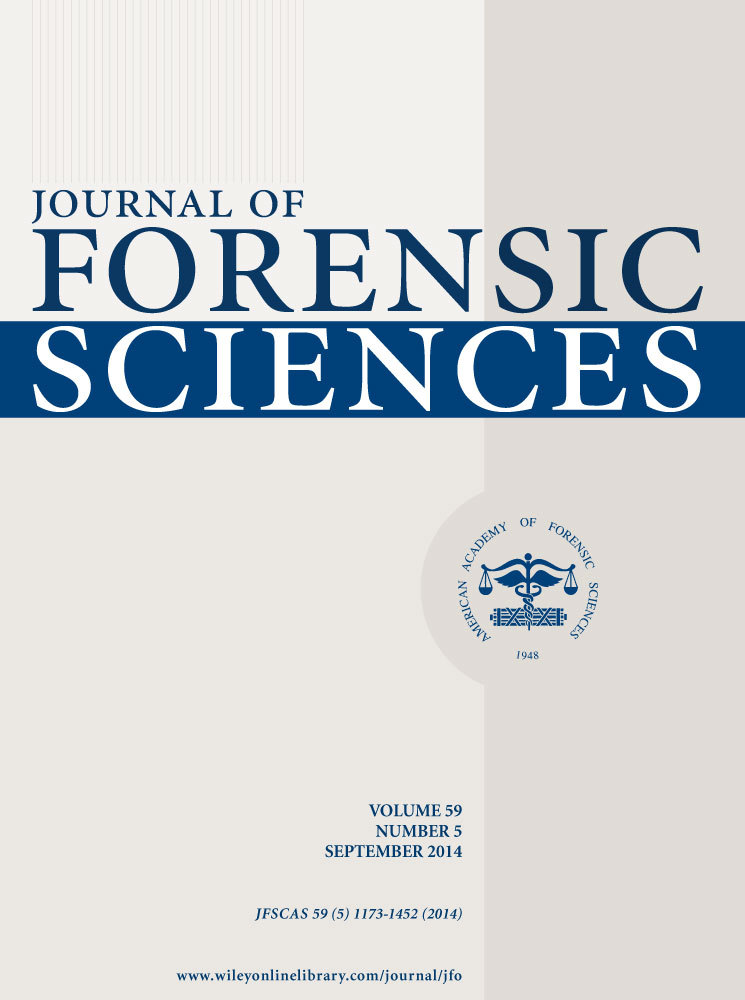Identification Method for Digital Image Forgery and Filtering Region through Interpolation
Abstract
Because of the rapidly increasing use of digital composite images, recent studies have identified digital forgery and filtering regions. This research has shown that interpolation, which is used to edit digital images, is an effective way to analyze digital images for composite regions. Interpolation is widely used to adjust the size of the image of a composite target, making the composite image seem natural by rotating or deforming. As a result, many algorithms have been developed to identify composite regions by detecting a trace of interpolation. However, many limitations have been found in detection maps developed to identify composite regions. In this study, we analyze the pixel patterns of noninterpolation and interpolation regions. We propose a detection map algorithm to separate the two regions. To identify composite regions, we have developed an improved algorithm using minimum filer, Laplacian operation and maximum filters. Finally, filtering regions that used the interpolation operation are analyzed using the proposed algorithm.




